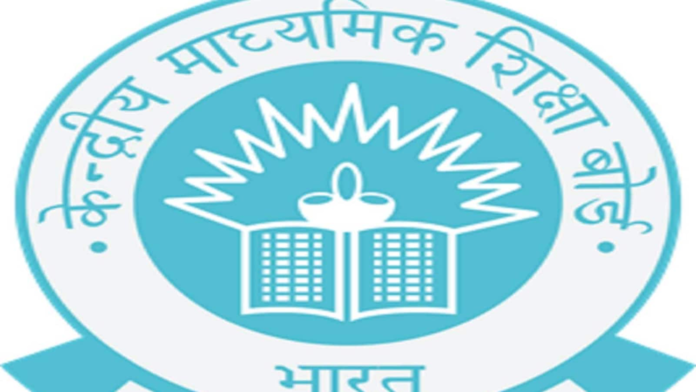Central Board of Secondary Education (CBSE) will begin Class 10 and Class 12 final theory examinations from February 15 onwards. Detailed date sheets of both classes are available on cbse.gov.in. The board has also released sample papers of all subjects on cbseacademic.nic.in.
Physics is one of the most important subjects in the Science stream and a firm grip on various topics and concepts will help students score well in examinations and in future studies.
The paper is scheduled for March 4. Students preparing for the examination can use these tips shared by Surender Puli, PGT Physics, VidyaGyan Sitapur:
1) Know the weightage of each chapter: Chapters like Electrostatics, Magnetostatics, and Optics have more weight. So, students need to practice these chapters first and then move on to the other topics.
2) Topic-Wise Strategy: Generally, topics like Electrostatics, Magnetostatics, and A.C circuits are mostly based on numerics. Therefore, those with good numerical ability can start with these chapters. Other chapters from modern physics like Dual Nature, Atoms, Nuclei, and Semiconductor Physics are more theory-based, so those who are not good at mathematics can begin with these topics first.
3) Effective ways to learn derivations: Students cannot learn derivations by rote, especially in physics. Instead, they should understand the topic first, and then practice those derivations by writing them out thoughtfully in a notebook. This will help them to revise quickly at the time of examination.
4) Tips on diagrams: Students need to practice a few diagrams in order to be ready for their board exams. For example in chapters like Optics, practice the ray diagrams for the final images formed by microscopes, telescopes. Also practice some diagrams in the chapter Magnetostatics, like moving coil galvanometer and A.C generator. In Modern Physics, practice diagrams such as binding energy per nucleon vs mass number, Rutherford’s atomic model etc. In Nuclear Physics, it is important to know the diagram for Nuclear Reactor. Similarly, for Semiconductors the diagram for formation of p-n Jn, rectifier ckt.
Here’s a sample paper shared by the school:

